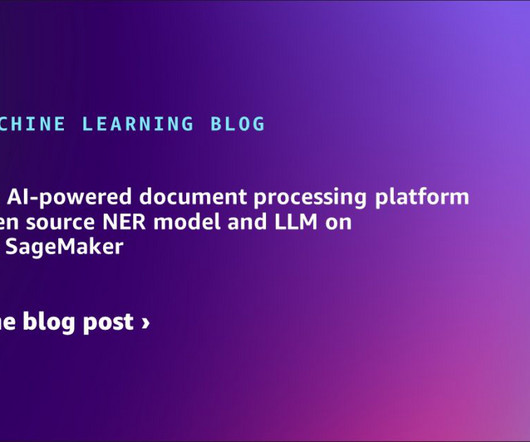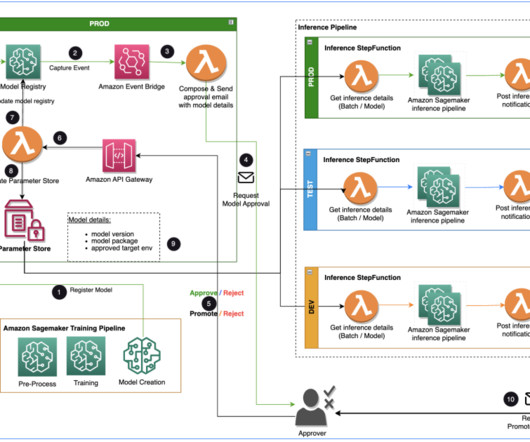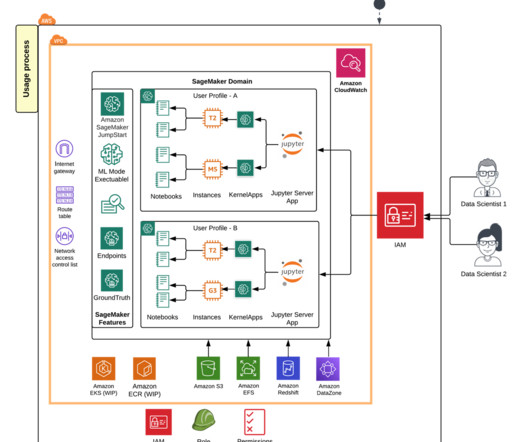Real value, real time: Production AI with Amazon SageMaker and Tecton
AWS Machine Learning Blog
DECEMBER 4, 2024
Businesses are under pressure to show return on investment (ROI) from AI use cases, whether predictive machine learning (ML) or generative AI. Only 54% of ML prototypes make it to production, and only 5% of generative AI use cases make it to production. Using SageMaker, you can build, train and deploy ML models.












Let's personalize your content